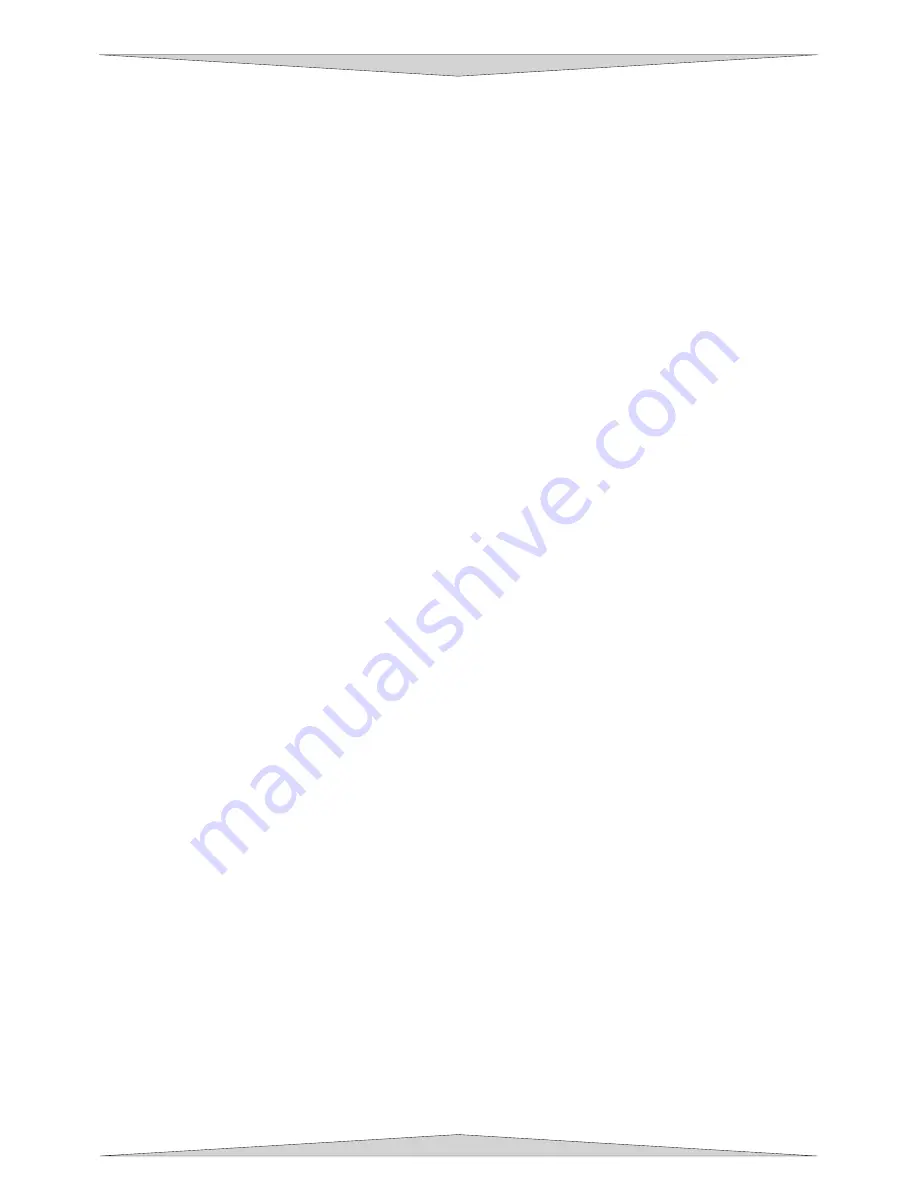
GRAPHICS SOFTWARE SETUP
Section 3-3
vector cut any outlines present in the artwork. Vector output order is dependent on your operating
system, printer driver version, and your software. Refer to the printer driver controls for more details.
Overlapping Fills
If the artwork created has overlapping filled areas, the driver will automatically filter these fills to prevent
the overlapped area from being engraved twice. This is similar to color separation in the printing industry.
The entire filled area of the object on top will be engraved and only the visible part of the underlying filled
area will be engraved. The final result is a what-you-see-is-what-you-get output. In this way the color
white can be used as an effective drawing tool. Since the laser system will not engrave the color white
(this is the background color), it can be used to block out the undesired engraving areas of filled regions
and/or bitmaps. However, you cannot use a white fill to cover an outline, the outline will vector cut even
though you cannot see it on screen.
Overlapping Outlines
The driver does not filter outlines that overlap each other. If placing one outline one on top of another,
both outlines will be cut by the laser system. This is a useful feature that will allow deeper cutting by
passing the laser over a single outline path twice or more. To take advantage of this feature, duplicate
the outline on top of itself.
Hidden Vector Lines in Artwork
The driver does not automatically filter out outlines that are overlapped by engraved objects such as fills.
If there are filled objects with some hidden outlines underneath, the laser system will then engrave out the
fill and cut the hidden outline on top of the fill. This is a common occurrence when using pre-drawn clipart
designed for laser printers. To prevent this from happening, turn on the Clipart Mode feature in the driver.
This feature disables the cutting mode and converts all visible outlines to engraved objects and ignores all
hidden outlines.
Speed Optimizing
It is advantageous to engrave an object in its longest direction because total engraving time will be
reduced when the motion system has to make fewer stops and starts. If the engraving object is longer
than it is tall, rotating the graphic 90 degrees and placing the material in the laser system sideways can
achieve a greater engraving speed. Be aware that some graphics programs do not allow the rotation of
bitmaps. In this case, it may be necessary to use a bitmap image processing software to first rotate the
bitmap before importing the bitmap into the graphics program. If the artwork contains engraved objects of
the same color with a great deal of space between them in the engraving direction, processing time can
be longer since the laser must make long strokes to engrave both objects at the same time. To reduce
engraving time in cases like these, use different colors for each of the objects but assign the same power
setting to both colors. This will cause the laser to engrave one object at a time, skipping over all blank
space, which in many cases will reduce engraving time. On the other hand, if the objects are relatively
close together in the engraving direction, then leave them the same color because it will be quicker to
engrave them both at the same time. Experiment with these techniques to optimize the speed of
engraving.
Bitmapped / Scanned Images
There are primarily three types of bitmaps available. They are monochrome (black and white), grayscale,
and color. Bitmaps are patterns of dots (pixels) blended to form pictures. Scanning artwork into a
computer through a scanner creates most bitmaps. Drawing them in a bitmap image-processing program
creates others.
The laser system can print all three types of bitmaps providing that either the driver or the bitmap image-
processing program converts the grayscale and/or color bitmaps into a monochrome bitmap. Essentially,
the laser system is a monochromatic printer, either it fires the beam to burn a dot or it does not fire the
beam to leave an empty dot on the material.
There are several different bitmap storage formats available: TIF, JPG, BMP, PCX, and others. The
format makes no difference to the laser system. The difference in formats involves how they are stored
on your computer’s hard disk. Bitmaps cannot be edited in most graphics software. Some basic
functions such as cropping, scaling, or mirroring might be possible but it is usually necessary to use a
bitmap image processing software to perform a dot by dot editing, rotation, or scaling of the bitmap.
Содержание PLS3.60
Страница 8: ......
Страница 20: ...SAFETY Section 1 12 ...
Страница 21: ...Part 1 Initial Setup ...
Страница 22: ......
Страница 30: ...INSTALLATION Section 2 10 ...
Страница 44: ...GRAPHICS SOFTWARE SETUP Section 3 14 ...
Страница 58: ...MAKING A SAMPLE Section 5 4 ...
Страница 59: ...Part 2 Laser System Essentials ...
Страница 60: ......
Страница 70: ...BASIC SYSTEM FEATURES Section 6 12 ...
Страница 76: ...BASIC MAINTENANCE Section 7 6 ...
Страница 77: ...Part 3 Accessories ...
Страница 78: ......
Страница 95: ...Part 4 Advanced User ...
Страница 96: ......
Страница 116: ...ADVANCED SYSTEM OPERATION Section 9 22 ...






























